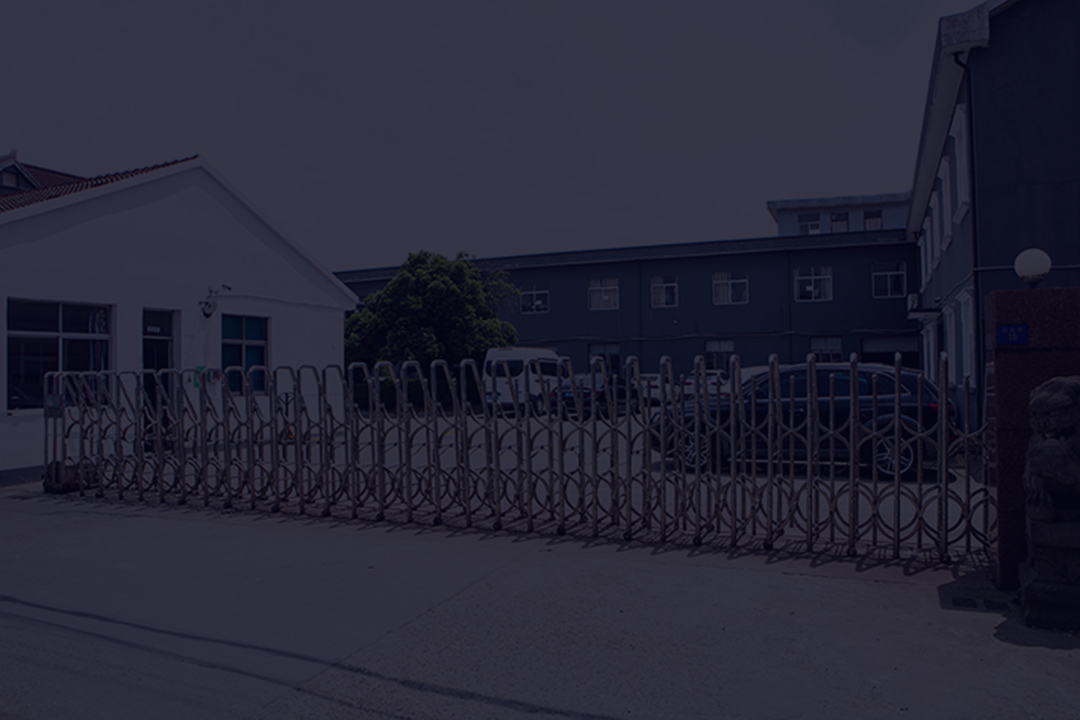

Analyze the automotive engine oil filter element
1.he oil filter is a crucial component in the lubrication system of an automobile engine, often referred to as the "blood purifier" of the engine. Its primary function is to filter out impurities from the engine oil, such as metal shavings, dust, and sludge, preventing these contaminants from entering the engine's internal parts, which could cause wear on precision components like pistons, cylinders, and crankshafts. This ensures that the engine runs smoothly and extends its service life.
2.Structurally, the oil filter generally consists of a housing, filter paper, and a bypass valve. The housing is made of pressure-resistant and corrosion-resistant materials to protect the internal structure; the filter paper is the core filtering component, with a special folding design that increases the filtration area and improves efficiency; the bypass valve acts as a "safety valve," opening when the filter becomes clogged, causing excessive resistance to oil flow, allowing the oil to bypass the filter and directly enter the engine, preventing damage due to lack of oil.
3.In daily vehicle use, the oil filter needs to be replaced regularly, usually in conjunction with oil changes, to continuously maintain the cleanliness of the oil and ensure the engine operates in good condition, making it an indispensable part of car maintenance.
In the production process of oil filters, "vibration friction" will become a key technology for improving quality.
4.In the production of oil filters, vibration friction welding technology has become a key technique for improving product quality and production efficiency. By using vibration friction welding, high-quality weld fusion can be achieved between the housing and end cap of the oil filter. During the welding process, high-frequency vibrations cause frictional heating and melting at the contact surfaces, forming a firm molecular-level bond. Tests have shown that the welded areas of the oil filter are strong, capable of withstanding the oil pressure and vibration shocks during engine operation, and are less prone to cracking or detachment. Moreover, the sealing performance after welding is excellent, effectively preventing oil leaks and ensuring that the oil circulates within the enclosed lubrication system, keeping the filter stable and reliable in filtering the oil, providing the engine with a clean lubricating medium.